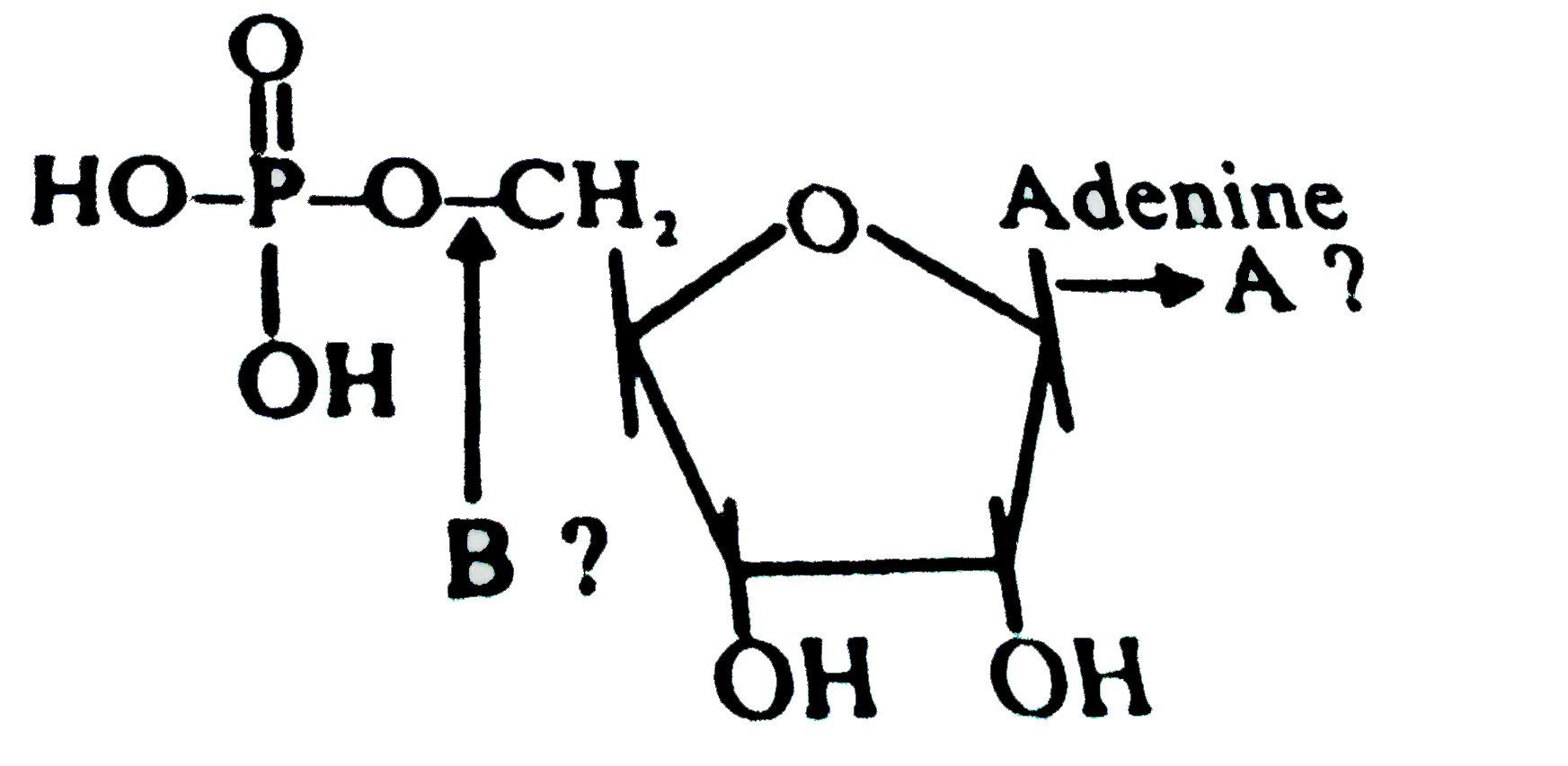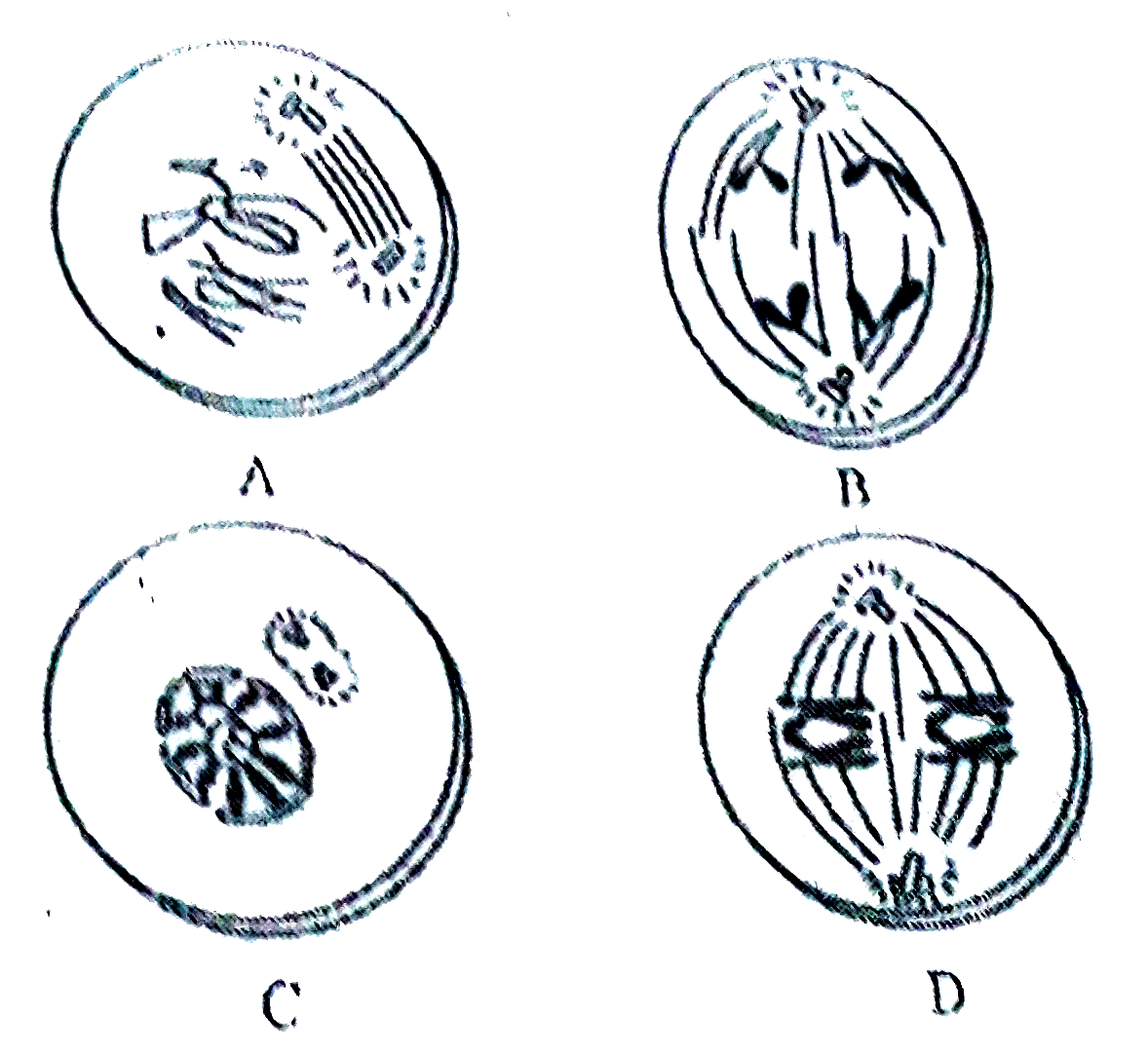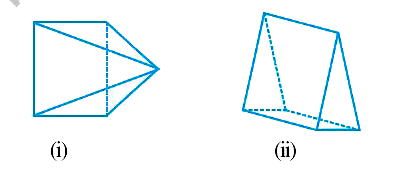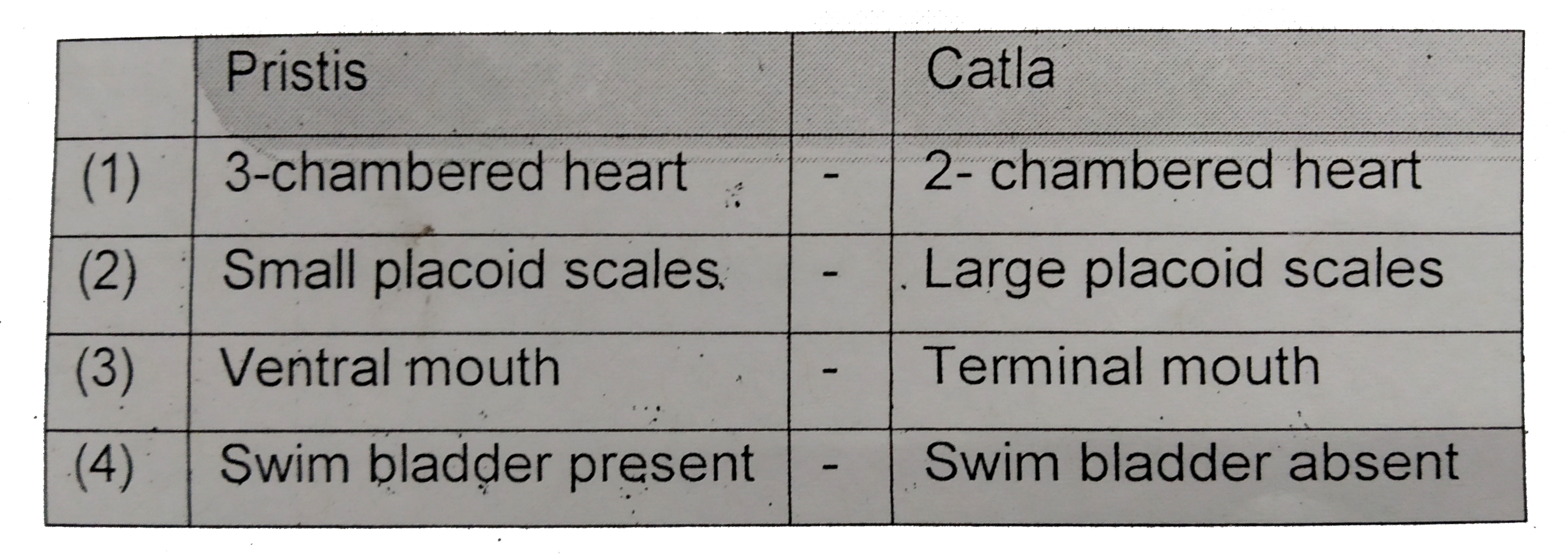Identify the following BeI2
Hybridisation
Number sigma bonds
Number of p bonds
Overlapping
To identify the compound BeI₂ (Beryllium iodide), we will follow these steps:
Step 1: Determine the Hybridization
1. Count the Valence Electrons:
- Beryllium (Be) has 2 valence electrons.
- Iodine (I) has 7 valence electrons. Since there are 2 iodine atoms, the total from iodine is 7×2=14.
- Total valence electrons = 2+14=16.
2. Determine the Hybridization:
- The formula for hybridization is given by (Number of valence electrons) / 2.
- Here, 16/2=8.
- The number of hybrid orbitals formed corresponds to the number of electron pairs. In this case, we have 2 electron pairs, which corresponds to sp hybridization.
Step 2: Count the Number of Sigma Bonds
- In BeI₂, there are 2 Be-I bonds.
- Each single bond is a sigma bond.
- Therefore, the number of sigma bonds = 2 (one for each Be-I bond).
Step 3: Count the Number of Pi Bonds
- In BeI₂, there are no double or triple bonds present.
- Therefore, the number of pi bonds = 0.
Step 4: Determine the Overlapping
- The overlapping occurs between the sp hybridized orbital of Be and the p orbitals of I.
- The overlap between these orbitals leads to the formation of sigma bonds.
Summary:
- Hybridization: sp
- Number of Sigma Bonds: 2
- Number of Pi Bonds: 0
- Overlapping: sp overlapping with p orbitals of iodine.
1. Count the Valence Electrons:
- Beryllium (Be) has 2 valence electrons.
- Iodine (I) has 7 valence electrons. Since there are 2 iodine atoms, the total from iodine is 7×2=14.
- Total valence electrons = 2+14=16.
- The formula for hybridization is given by (Number of valence electrons) / 2.
- Here, 16/2=8.
- The number of hybrid orbitals formed corresponds to the number of electron pairs. In this case, we have 2 electron pairs, which corresponds to sp hybridization.
- In BeI₂, there are 2 Be-I bonds.
- Each single bond is a sigma bond.
- Therefore, the number of sigma bonds = 2 (one for each Be-I bond).
- In BeI₂, there are no double or triple bonds present.
- Therefore, the number of pi bonds = 0.
- The overlapping occurs between the sp hybridized orbital of Be and the p orbitals of I.
- The overlap between these orbitals leads to the formation of sigma bonds.
- Hybridization: sp
- Number of Sigma Bonds: 2
- Number of Pi Bonds: 0
- Overlapping: sp overlapping with p orbitals of iodine.
Similar Questions
Knowledge Check
- Question 1 - Select One
Identify A in the following
 Acyclo hexaneBmethyl cyclo hexeneCcyclohexyl methanolDmethyl cyclo hexane carbaldehyde
Acyclo hexaneBmethyl cyclo hexeneCcyclohexyl methanolDmethyl cyclo hexane carbaldehyde - Question 2 - Select One
Identify C in the following
 A
A B
B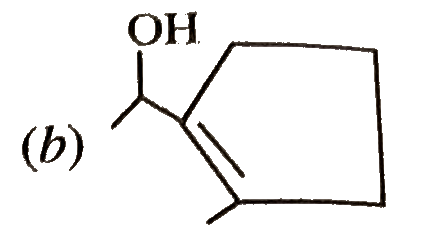 C
C D
D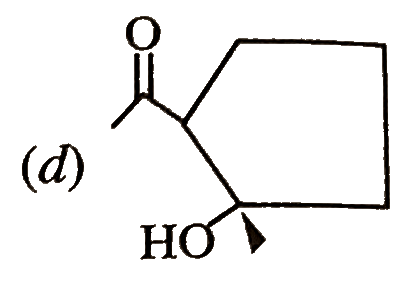
- Question 3 - Select One
Identify the following curve :
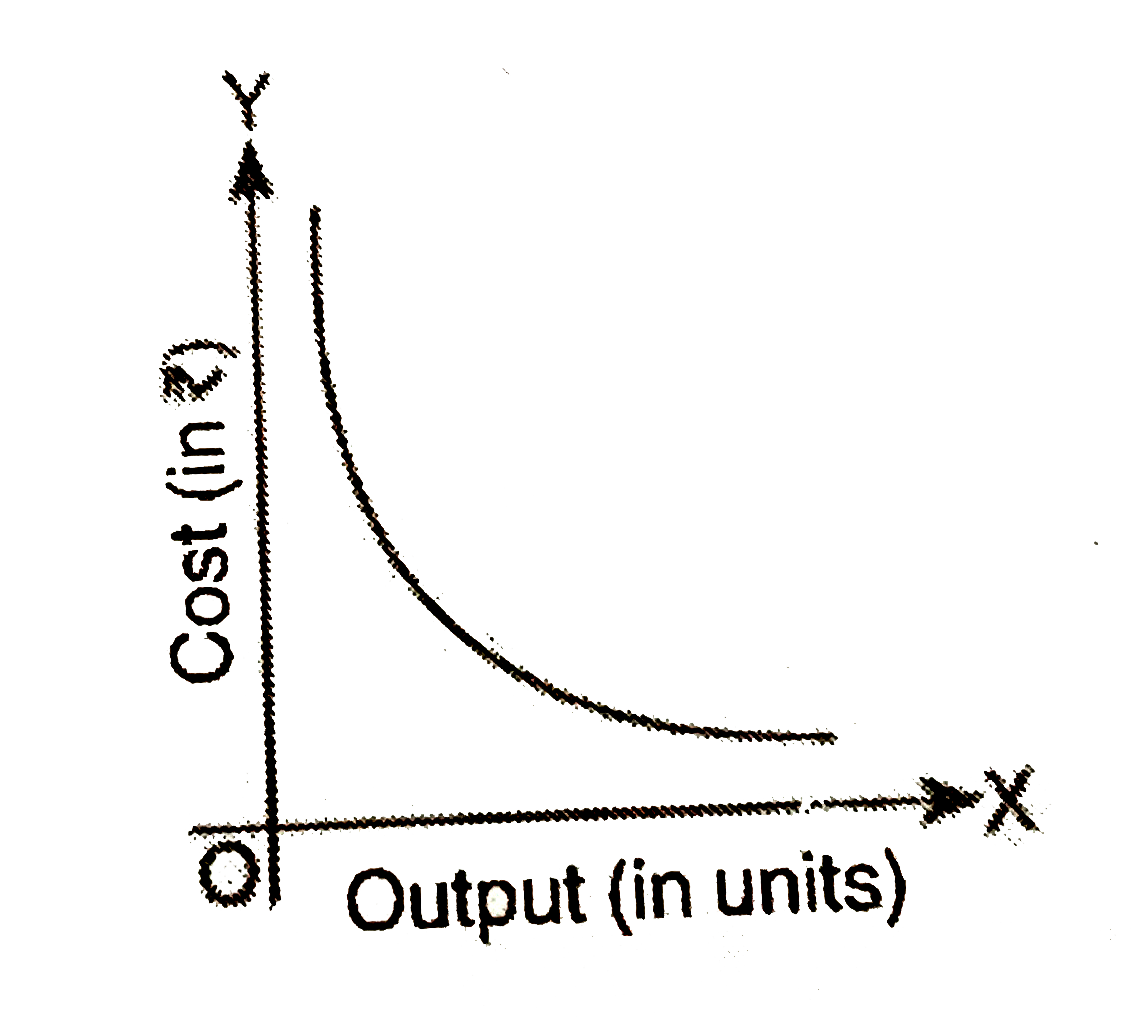 AAverage Variable Cost CurveBTotal Variable Cost CurveCAverage Fixed Cost CurveDAverage Cost Curve
AAverage Variable Cost CurveBTotal Variable Cost CurveCAverage Fixed Cost CurveDAverage Cost Curve


